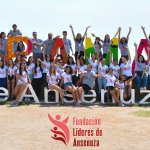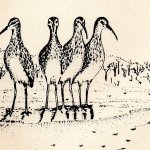Kilometers of roads criss-cross the Patagonian steppe of Peninsula Valdés, taking its visitors on a journey through environments as diverse as sandy and rocky beaches, sheltered coves and wave-battered restingas (rocky platforms), salt flats and impressive cliffs comprised of abundant fossil shells.
The importance of Peninsula Valdés is recognized through numerous national and international designations (Ramsar Site, Natural Protected Area of Chubut Province, World Heritage Site, and WHSRN Site of Regional Importance). However, the peninsula’s lands are almost entirely privately-owned, and support a diverse mix of economic and productive activities.
Most of the terrestrial part of the peninsula is dedicated to sheep ranching for wool production. Tourism is another very important activity: the site receives an average of 320,000 visitors annually. Puerto Pirámides is the largest and best-known settlement on the peninsula, and the one that receives most tourists. Artisanal fishing is another important part of the local scene, carried out by shellfish divers and coastal fishermen.
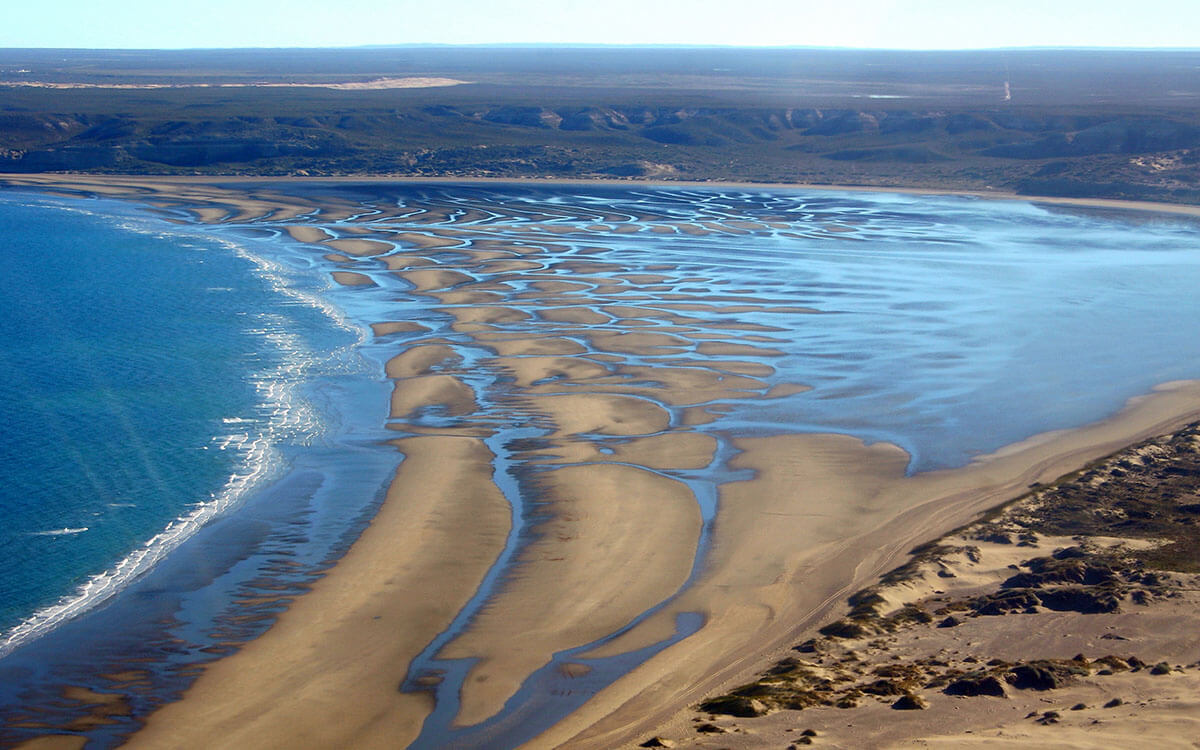
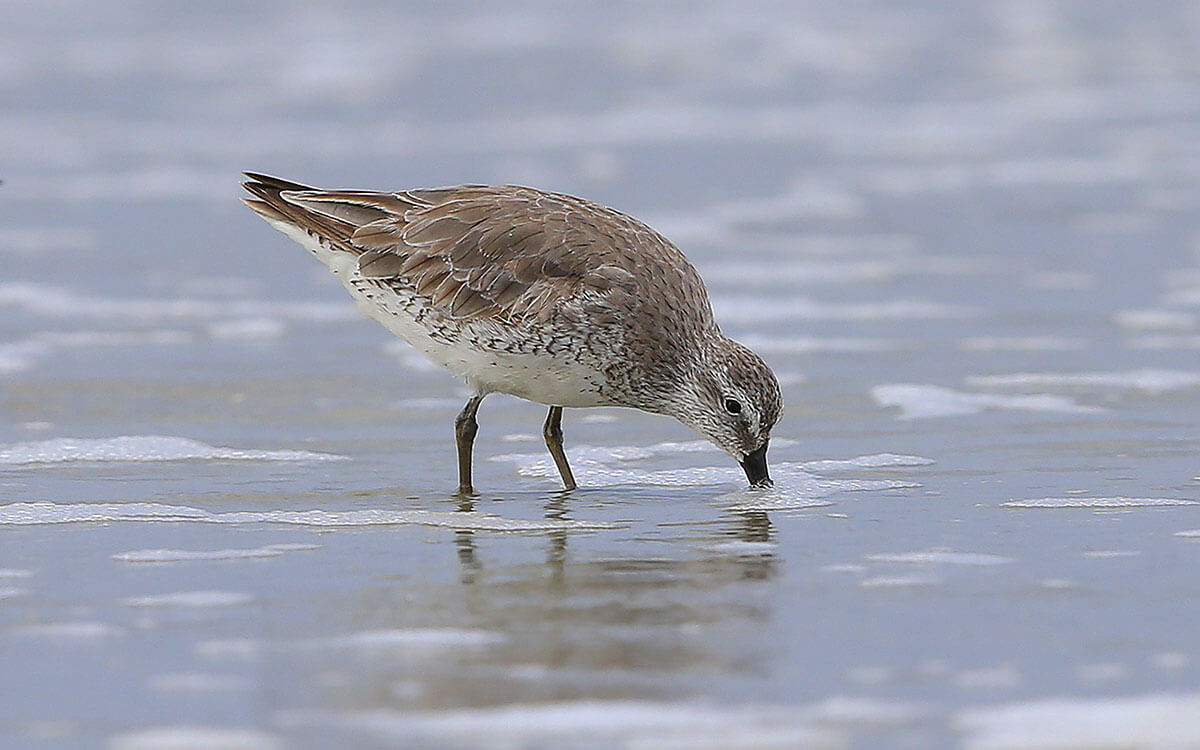
Left: A panoramic view of Peninsula Valdés. Photo: Dr. Luis Bala. Right: A rufa Red Knot on its wintering grounds. Photo: Brad Winn.
Administration of the Area
Peninsula Valdés surprises with its abundant nature. But it also surprises with the agreements reached between the different local stakeholders, both public and private, for the effective management and protection of the area.
The different productive activities coexist in harmony with nature in the peninsula, where a unique recipe has been successfully blended for the effective shared management and administration of the area: a non-profit organization whose board members represent the primary local stakeholders, the Peninsula Valdés Natural Protected Area Administration, created by the Ministry of Tourism and Protected Areas of Chubut Province.
In 2001, the System of Natural Protected Natural Areas of the Province of Chubut was created, followed by the Peninsula Valdés Natural Protected Area. A management plan was soon developed for the new protected area through a participatory process, which established the objectives and actions still in force today. These two milestones laid the foundations for the creation of the Peninsula Valdés Natural Protected Area Administration (AANPPV), which has been administering and managing the area for the past 16 years. During this time, the AANPPV has successfully implemented infrastructure, research, education, and outreach projects.
The AANPPV´s main governing body is its Board of Directors, which is comprised of seven representatives of state and private institutions. A General Manager is responsible for the operational management of the protected area and the implementation of projects. An Advisory Council, formed by representatives of national universities and research institutions, NGOs and service providers, is consulted when guidance is required on technical issues. Management of the protected area and the costs of the AANPPV are covered through the entrance fee paid by visitors to the Peninsula.
Although there have been hurdles along the way, AANPPV members agree that they have managed to function harmoniously, primarily by prioritizing collective interests. Furthermore, they consider that the shared and participatory approach to administering the area has been key to its effective management.
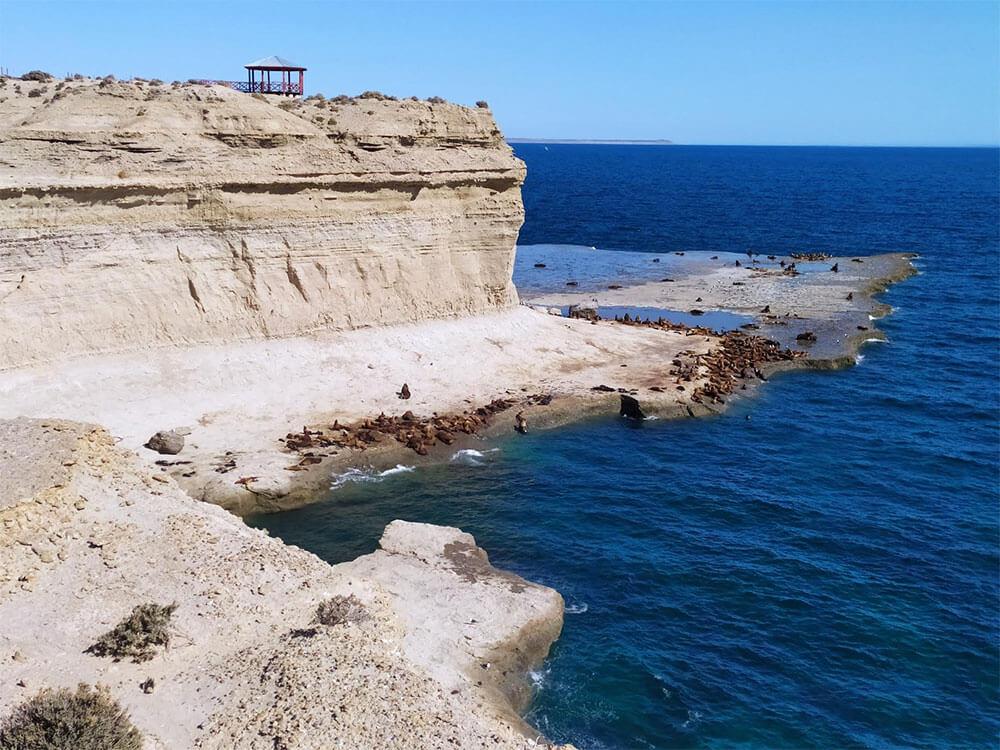
One of Peninsula Valdés’ iconic restingas. Photo: Marcela Castellino.
Peninsula Valdés as a WHSRN site: a key stopover for migrating Red Knot
In 2012, Peninsula Valdés joined WHSRN as a Site of Regional Importance, due to holding more than 1% of the world population of rufa Red Knot Calidris canutus. The WHSRN site is divided by the neck of the peninsula into two subsites: the sandy beaches and rocky headlands of the warm water Gulf of San José; and the single extensive sandy beach of the cold water Nuevo Gulf. Combined, the two subsites form one functional unit that supports the local foraging and roosting dynamic of migrating Red Knot.
Unfortunately, the numbers of rufa Red Knot recorded during recent years have shown a marked decline compared to historical numbers, in line with the decline observed throughout the Atlantic Flyway. There are no systematic count data since 2013, when formal censuses had to be stopped, due to the difficulty of accessing the beaches. That last census revealed the lowest count on record, just 174 Red Knot. That is a huge change from the 20,000 birds estimated by a Manomet team led by Brian Harrington when they surveyed the peninsula in 1981. At that time, thousands of Red Knot paused to feed at the site during their northbound migration.
However, the decrease in Red Knot numbers is not believed to be related to habitat quality at Peninsula Valdés, where the ecological conditions have remained similar over the past 30 years. The decline in numbers was first noticed after the dramatic decline in Red Knot numbers in Delaware Bay in the late 1990s, linked to the decline in horseshoe crab numbers.
Many other shorebird species forage and rest on the beaches of the peninsula, among them Double-collared Plover Charadrius falklandicus, Sanderling Calidris alba, White-rumped C. fuscicollis and Baird’s Sandpipers C. bairdii.
Peninsula Valdés and the Administration for the area are examples of how it’s possible to bring together stakeholders from different sectors for a common goal of sustainable management of a protected area. A transparent governance mechanism and clear agreements between stakeholders have proven invaluable for the day-to-day management of the site, and have provided the foundation for the effective protection of such an important site for humanity and for shorebirds (and other biodiversity).
We thank Soledad Díaz Ovejero, Director General of Operations and Logistics for the Sub-Secretariat of Conservation and Protected Areas of Chubut Province, and Luis Bala, researcher at the Austral Institute of Diversity and Evolution (IDEAus-CONICET) and member of the National Academy of Sciences of Buenos Aires for their valuable contributions to this article. Both are representatives for Peninsula Valdés to the Argentine WHSRN Council.
Cover Photo: A flock of Red Knot in flight. Photo: Dr. Luis Bala.





